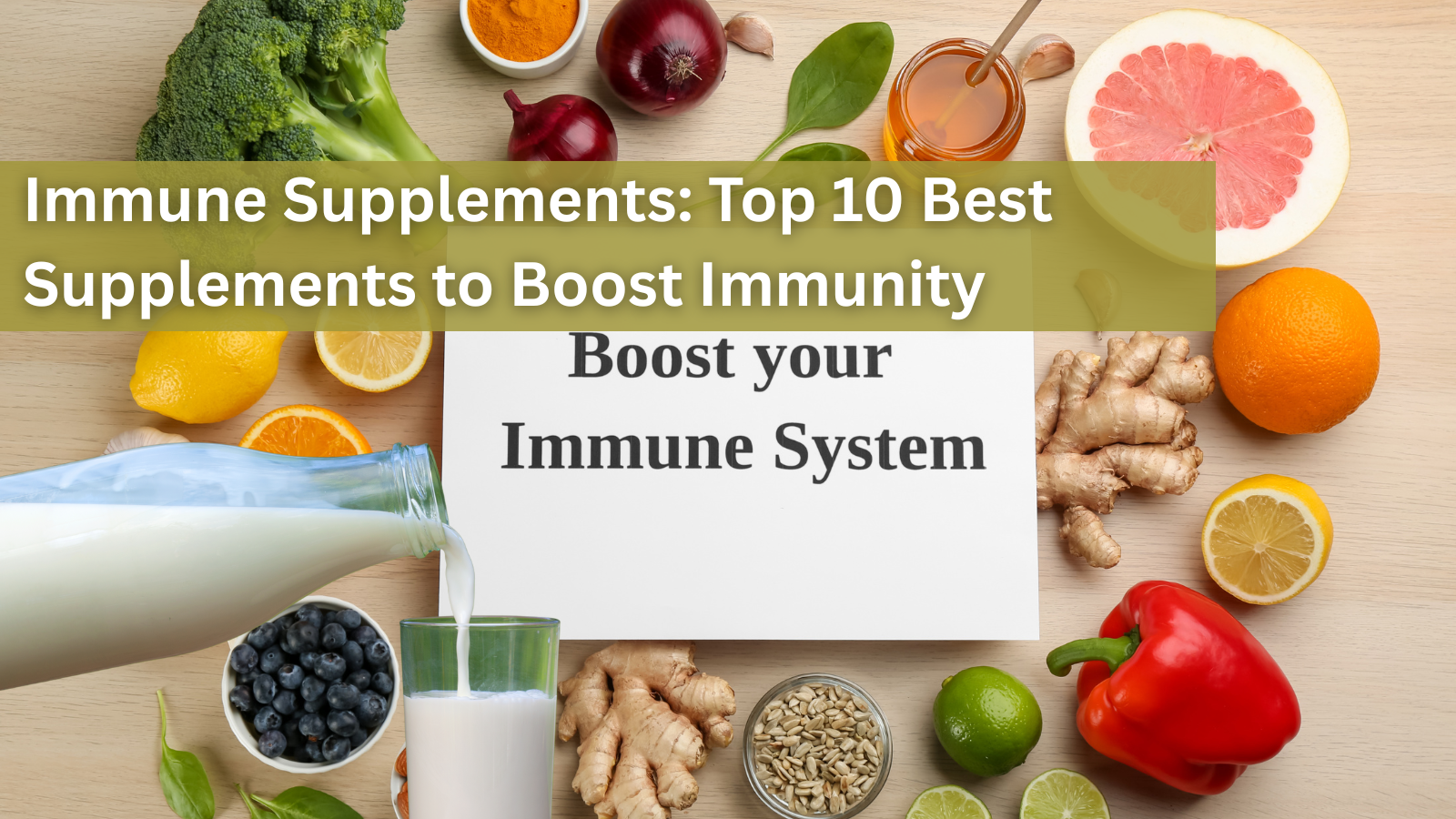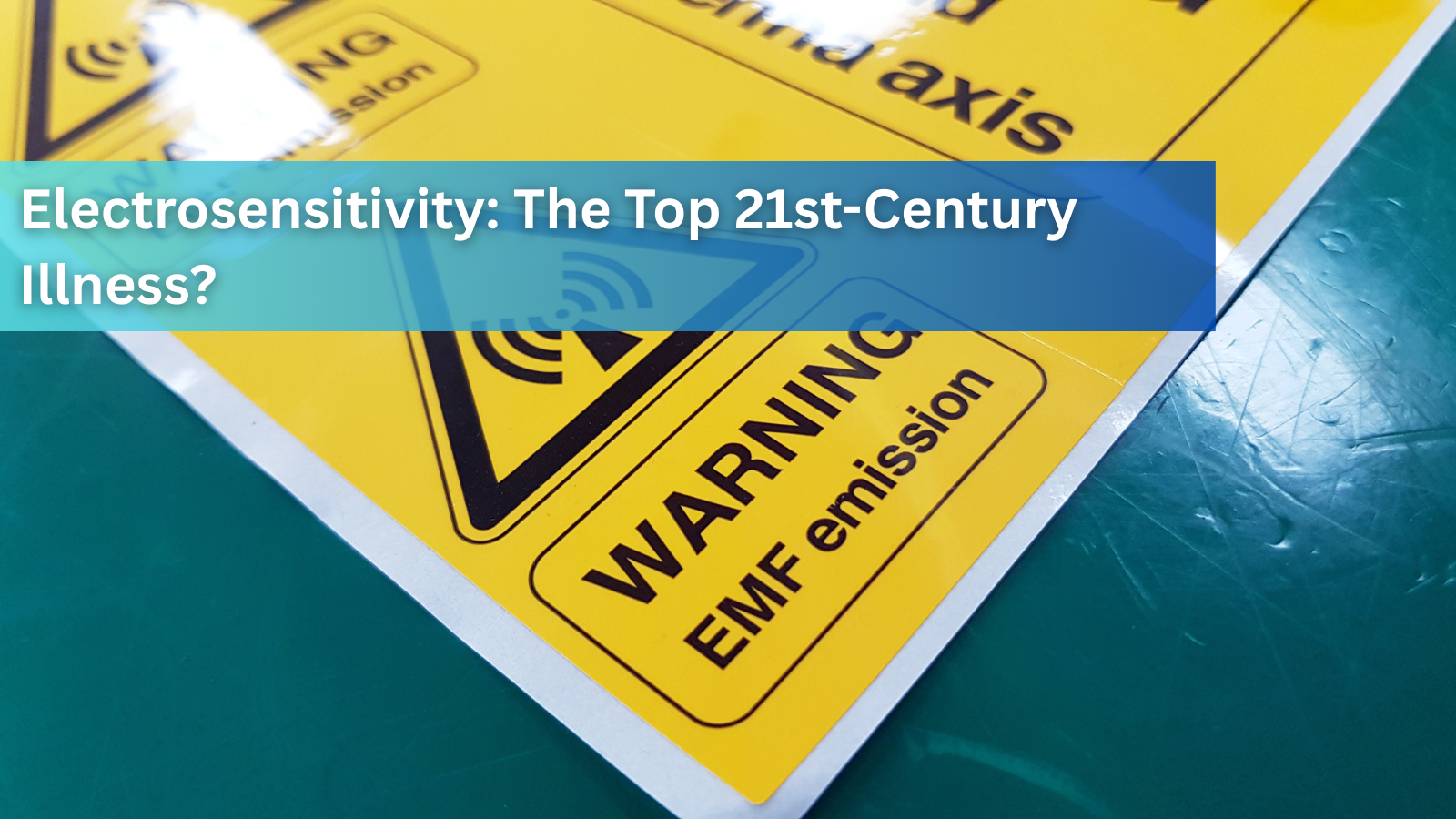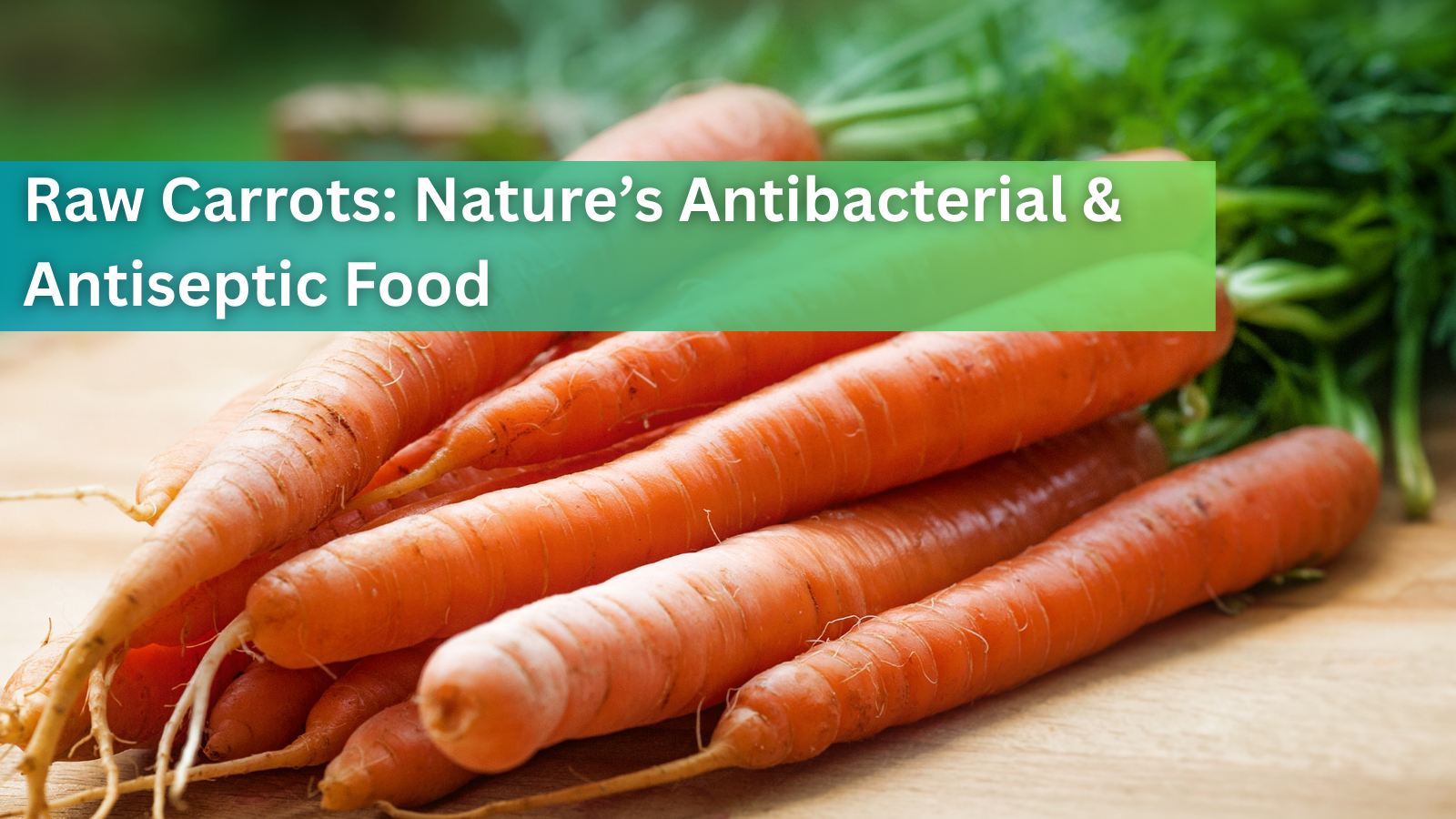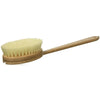Riding the Wave of the Sea Moss Health Trend (Without the Toxins)

If you’ve been paying attention to health and wellness trends recently, you’ve likely heard about sea moss. Thanks to celebrities, influencers, and nutritionists, this marine superfood has made waves, becoming a staple in smoothies, skincare routines, and even supplements. But as the demand for sea moss grows, so does the need to distinguish high-quality, clean products from those that might be harmful.
If you’re curious about incorporating sea moss into your lifestyle but want to ensure it benefits your health instead of harming it, you’re in the right place. Here’s everything you need to know about sea moss, its benefits, and how to avoid brands that may carry excess heavy metals and other toxins.
What is Sea Moss?
Sea moss, also known as Irish moss or Chondrus crispus, is a type of red algae found along the Atlantic coasts of North America, Europe, and the Caribbean. Valued for its nutrient density, sea moss has been a dietary and medicinal staple for centuries in various cultures.
Today, it’s revered as a “superfood,” and for good reason. Sea moss is packed with vitamins, minerals, and antioxidants that support overall health. It contains:
- Iodine and selenium for thyroid health
- Magnesium and potassium to aid muscle function and nerve health
- Vitamin C and zinc to strengthen the immune system
- Natural mucilaginous properties that are great for gut health
From smoothies to skincare, sea moss is synonymous with vitality. However, not all sea moss is created equal.
Why You Should Care About Toxicity in Sea Moss
While sea moss itself is nutrient-rich, its natural environment—our oceans—can sometimes be a double-edged sword. Due to water pollution, contaminants like heavy metals, pesticides, and microplastics can accumulate in sea algae, including sea moss. Consuming sea moss with excess toxins can lead to potential health risks, including heavy metal poisoning or hormone disruption.
When selecting sea moss products, it’s crucial to choose brands that prioritize sustainability and safety. The good news is that there are ways to identify clean, high-quality sea moss. Here’s how:
Red Flags to Avoid in Sea Moss Brands
To make sure your sea moss is safe and toxin-free, here’s what to watch out for:
1. No Transparency About Sourcing
Where sea moss grows matters—a lot. Wildcrafted sea moss harvested from polluted waters is far more likely to contain toxic heavy metals like mercury, lead, and arsenic. Look for brands that:
- Clearly label where their sea moss is sourced (e.g., unpolluted Caribbean waters or certified organic farms)
- Conduct third-party testing to verify purity
If a brand is vague about sourcing or doesn’t provide this information, it’s a red flag.
2. No Lab Testing Results
Reputable sea moss brands invest in third-party lab testing to ensure their products are free of heavy metals, pesticides, and other harmful contaminants. The test results should be accessible to customers on their website or upon request.
Avoid companies that don’t provide proof that they’ve tested for toxins.
3. Brightly Colored or Artificial-Looking Moss
Quality sea moss is naturally golden, purple, or green depending on where and how it's harvested. However, products with unnaturally vibrant colors or a chemically altered appearance may indicate bleaching or artificial processing—both of which can compromise its integrity.
4. Mysterious Additives
High-quality sea moss typically comes raw, dried, or in gel form without unnecessary additives. Carefully check ingredient lists for carrier oils, preservatives, or artificial flavorings. A pure product should list just one ingredient—sea moss (and possibly water if sold as a gel).
5. Too Low in Price
While affordability is always appealing, low prices can indicate substandard products. Cultivating and harvesting sustainable sea moss requires time, effort, and ethical practices. If a price seems “too good to be true,” it likely is.
How to Find the Best (and Safest) Sea Moss
 To enjoy the benefits of sea moss without stressing about toxicity, start with these guidelines when shopping:
To enjoy the benefits of sea moss without stressing about toxicity, start with these guidelines when shopping:
1. Look for Wildcrafted or Sustainably Harvested Moss
Wildcrafted sea moss grown in clean, natural ocean waters retains its nutrient density without being farmed in artificial, potentially toxin-prone conditions. Always check that harvesting is done ethically and sustainably.
2. Choose Certified Organic
Organic certification helps ensure that the sea moss is free from harmful chemicals like pesticides or synthetic fertilizers.
3. Seek Third-Party Lab Testing
Third-party lab reports guarantee transparency and safety. If a company can provide certification showing their product is free from toxins and heavy metals, you’re on the right track.
4. Support Reputable Small Businesses
Many small businesses specializing in sea moss are committed to quality control and sustainability. Do a bit of digging—read reviews, browse their brand story, and see what others are saying on social media.
The Bottom Line
Sea moss can be an incredible addition to your wellness routine, offering numerous health benefits ranging from better gut health to strengthened immunity. However, as with any health trend, caution is essential. By spending a little extra time researching reputable brands and avoiding cheap, unverified products, you can enjoy all the benefits without the risks.
When in doubt, rely on trusted suppliers, ask questions, and don’t compromise on safety. With the right product in hand, you’ll be well on your way to unlocking the superfood power of sea moss—healthy, clean, and toxin-free.
Are you curious to try sea moss? Have positive or negative epxeriences? Share your thoughts and experiences in the comments below!

September 27, 2025
Immune Supplements: Top 10 Best Supplements to Boost Immunity
Are you looking for effective ways to enhance your body’s natural defense? Immune supplements have become popular choices to support the immune system booster function, especially in times of increased illness risk. With so many products...
Read more
September 27, 2025
Cell Phone and WiFi Safety: How to Prevent and Treat EMF Damage and Electrosensitivity
Electrohypersensitivity (EHS), often called electrosensitivity, has been a polarizing and increasingly relevant issue over the past decade and a half. Since the number of people identifying with these symptoms continues to grow exponent...
Read more
September 27, 2025
Raw Carrots: Nature’s Antibacterial & Antiseptic Food
For most of us, carrots are simply a crunchy snack or a source of vitamin A. But according to researcher Ray Peat, PhD, raw carrots offer something more unusual: they act as a kind of natural antiseptic inside the gut, helping to contro...
Read more




Leave a comment